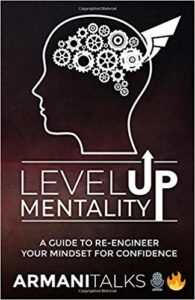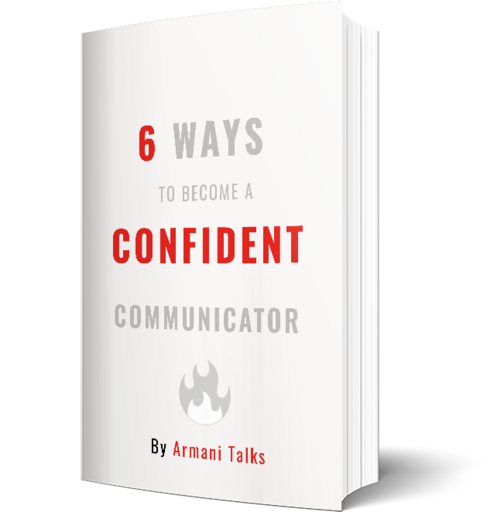Martin Scorsese’s Storytelling HACK
Martin Scorsese is an iconic film director.
He is the creator of classics like Goodfellas, Raging Bull, and Shutter Island.
Scorsese rarely misses.
There must be a method behind the madness.
A lot of greats began getting curious regarding their craft from a young age.
It was no different for Martin.
When a lot of kids were going to libraries growing up, Martin was different.
His mom would drop him off at the movie theatres where he was told to fill up time.
During that moment, Martin fell in love with movies.
How Scorsese Consumes Stories
While watching movies, Martin studied how the films made him feel.
He felt great.
It’s as though he was escaping to a new world.
In addition to feeling great, he also analyzed:
- How the plot was built up.
- Who were the main characters?
- How was the villain introduced?
- Was the villain relatable?
These 4 bullets show how most people study storytelling.
Nothing special about that.
However, Martin noticed something that the other audience members didn’t.
‘What was that, Armani?’
Camera transitions.
Visual Literacy
What made Martin Scorsese different was that he didn’t only focus on the plot.
He also focused on the technology that brought the plot to life.
He noticed the lighting on certain characters for specific scenes.
Martin noticed that when he felt sad, the scene was darker as well.
In addition to that, he noticed the role that the camera played in the shot.
There was this one scene that stuck out to him…
It was of a woman who was having a mental breakdown.
Rather than the camera showing her from different angles.
The camera shot from only 1 angle.
From that angle, the camera SLOWLY zoomed in.
The zooming in from the single shot showed the different microexpressions of the sad woman.
She went from looking “somewhat sad” to “incredibly distraught.”
- All from zooming in….
The camera was influencing Martin’s perception of the shot.
As a boy, he learned that the technology influences the story and the story influences the technology.
Martin Scorsese’s Storytelling Hack
Martin studies the role that the camera plays in the story. That’s his hack.
You should try this out for yourself.
One day, pick 2 different types of YouTubers.
Pick the flashy channel with a bunch of editing.
Then pick the other channel that has piss poor production quality.
For the first channel, you’ll notice that the camera is transitioning every few seconds.
That is not happening by accident.
It’s very deliberate.
Chances are this flashy YouTuber hired a cameraman and editor.
The cameraman and editor know that most people can’t focus.
The constant transitions are meant to keep the audience engaged.
Then compare this flashy channel with the YouTube account with the piss poor production.
If you need help spotting a channel with subpar production, check out my YouTube channel!
Not going to lie, but I’m not at the stage where I have quality production.
It’s literally just me talking to a camera.
0 transitions.
By comparing the 2 channels, you will notice a stark difference:
- Transitions influence perception.
Up until now, the camera was probably something you never noticed.
But hopefully, nowadays, you notice the camera transitions (every now & then) within a story.
It will help you build a rhythm for storytelling.
Storytelling Rhythm
Most seasoned storytellers use the phrase ‘rhythm.’
They can tell when a scene is flat.
They can tell when the scene is engaging.
What is the ‘climax’ really?
That’s when the story goes from flat to spiking.
Normal to abnormal.
Imagine that you and your buddy held 2 ends of a rope.
And as you were toggling the end of the rope, you made a sinusoidal wave.
Everything will be flowing in a constant motion.
Now you want to scare your friend.
So, you flick your wrist abruptly and create a massive sinusoidal wave.
That’s the climax.
Stories work like that too.
It’s chill sinusoidal waves for some time.
Then BOOM, out of nowhere, a massive sinusoidal wave is introduced.
What if You’re Not a Film Director?
‘Question Armani. What if I don’t have a YouTube channel, don’t use a camera, and don’t want to be a film director… Should I still watch camera transitions during content?’
You don’t have to.
But if you do, know that it will help you.
‘Help me how?’
It’ll help you improve your tonality and body language.
When you get in the habit of noticing the effect technology has on perception, you become more mindful of when you are being stiff.
Let’s say you’re giving a speech.
You have been delivering it in a flat way for some time.
Your body will alert you that you’re flat (displaying calm sinusoidal waves for too long) and will alert you to add a spike.
Then you will give a fast cut…aka an upbeat tonality that reels the audience back in.
The are plenty of mediums for storytelling.
However, the fundamentals remain the same.
- Storytellers are speaking to humans with piss-poor concentration.
When you understand how the camera transitions can be strategically used to hook a human’s concentration, you’ll be able to apply similar principles to your voice.
When I see talk show hosts, I notice that even though the camera is facing them the entire time (without any transitions)
They have mastery of their voice which makes it seem like there are jump edits.
They know how to slow their voice down, speed it up, lower the bass, and increase it.
Look closely…
Storytelling rhythm.
Why Scorsese is Great
Great people became great by factoring in the details.
Where average filmmakers just consume the story….
Great filmmakers consume the story, assess the director’s intent, and observe the technology.
The music.
Lighting.
Camera transitions.
All are specifically coordinated for you to FEEL a certain way.
Scorsese has been in the game for decades because he has learned the tools of the trade.
And one tool that he utilizes is studying the camera transitions within a story.






